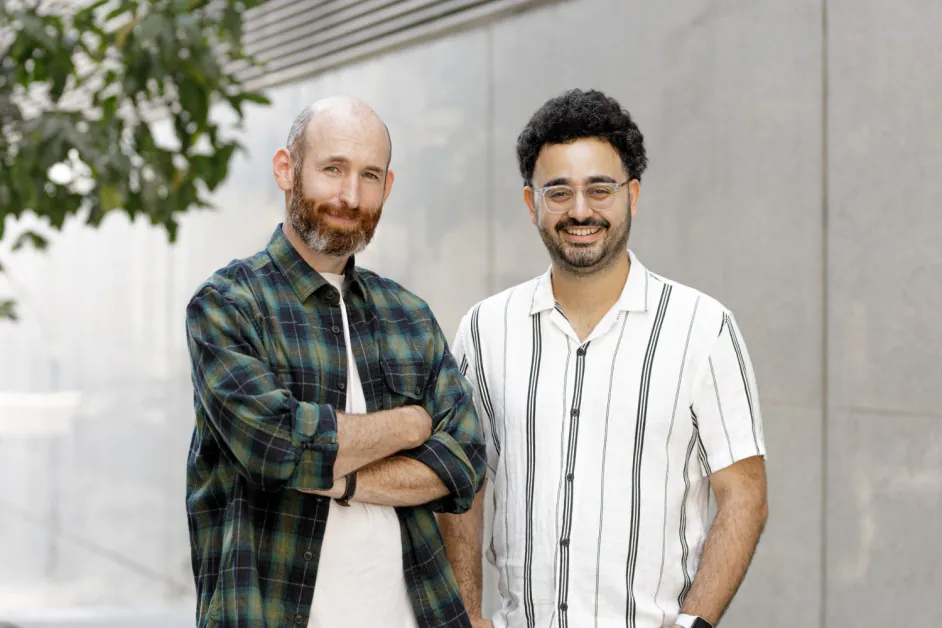Funding
MetalBear Raises $12.5M to Let Developers Test Local Code in Real Cloud Conditions Instantly

MetalBear, the Tel Aviv–based company, has secured $12.5 million in Seed funding led by TLV Partners, with participation from TQ Ventures, MTF, Netz Capital, and several prominent angel investors. The raise comes as software teams increasingly face a disconnect: AI can generate code in seconds, but testing that code in realistic environments still lags behind, often taking hours or days.
At the heart of MetalBear’s vision is technology that removes one of the longest-standing pain points in modern software development: the gap between local coding and real-world testing. Its solution allows developers to run code locally while connecting seamlessly to live cloud environments. With a single toggle in their IDE, engineers can interact with databases, APIs, and microservices as though their code were already deployed—without the time-consuming build and deploy process. In effect, it collapses the traditional cycle of coding, packaging, deploying, and waiting into an instant experience.
The Bottleneck That Holds Teams Back
Modern applications are no longer single, monolithic programs. They are webs of microservices, third-party APIs, message queues, and distributed databases. This complexity gives organizations flexibility and scalability but makes testing significantly harder. A developer working on just one service often cannot reproduce the full environment locally. Instead, they are forced to rely on mocks, stubs, and approximations that fail to capture the messy realities of production.
The alternative is to wait in line for a staging environment or to maintain costly per-developer cloud environments. Both options slow down iteration. A process that should take minutes stretches into hours or even days, as developers bounce between coding and waiting. The irony is striking: AI can write code in a fraction of the time it once took, but developers are stuck in outdated testing cycles that grind momentum to a halt.
This mismatch has become one of the hidden productivity drains in software. Each delay introduces context switching, frustration, and in some cases, bugs that escape into production because developers lacked the right conditions to catch them earlier.
How MetalBear’s Technology Works
MetalBear’s technology addresses this challenge by flipping the testing process on its head. Instead of requiring developers to deploy code into a staging or test environment, it brings the cloud environment directly to the developer’s machine. The platform intercepts low-level input/output operations in local code and transparently proxies them into the remote environment.
From the developer’s perspective, the experience is seamless. They toggle a button in their IDE or run a simple command, and suddenly their local code is interacting with live databases, message queues, and external services. No waiting, no packaging, no staging delays—just instant feedback.
For enterprises, the system offers additional capabilities that make it practical for large teams:
- Traffic routing and queue splitting ensure that multiple developers working on the same environment don’t conflict with one another.
- Built-in guardrails prevent dangerous side effects, helping teams keep control over what local code can and cannot do.
- Shared environment efficiency allows organizations to avoid spinning up hundreds of individual staging environments, reducing both cloud spend and maintenance overhead.
Early adopters report substantial improvements, with some teams cutting test iteration times by as much as 80 percent and reducing production bugs by nearly a third. In practice, this means developers can experiment, validate, and fix faster—without the constant interruptions that previously defined their workflows.
Why the Investment Matters
The funding round reflects more than confidence in one company; it points to a larger shift in how enterprises view developer productivity. As AI accelerates the pace of code creation, the bottleneck has shifted downstream. Writing new features is no longer the slowest part of the process—testing, integrating, and deploying has become the constraint.
Investors see MetalBear’s approach as a timely solution to this imbalance. By removing the friction between local development and cloud testing, it enables faster iteration cycles, more reliable software, and lower infrastructure costs. For organizations managing sprawling microservice architectures, this isn’t just an optimization; it’s a fundamental change in how development pipelines operate.
Implications for the Future of Software Development
The rise of tools like MetalBear signals an important evolution in software workflows. For decades, developers have accepted a gap between local development and real-world testing as an unavoidable reality. That gap is now closing.
As more teams adopt instant cloud-connected testing, the line between “local” and “staging” will blur. Developers will expect real-time validation of their work against live systems, not after a slow deploy cycle but as they code. This tighter loop will make iteration faster, but it will also place new demands on observability, security, and governance. If local code is interacting directly with sensitive systems, organizations must enforce stronger guardrails, clearer access policies, and more sophisticated monitoring.
Infrastructure strategies may also shift. Instead of provisioning isolated cloud environments for every developer, companies may consolidate into fewer shared environments supported by intelligent routing and isolation. This reduces cost and complexity but requires careful management to avoid conflicts or unintended side effects.
Most significantly, the definition of developer productivity will change. It will no longer be measured solely by how quickly engineers can write code, but by how quickly they can validate that code with confidence. In an era where AI can generate entire features in minutes, the ability to test and trust that work becomes the critical differentiator.
MetalBear’s funding highlights this turning point. By rethinking how local and cloud environments connect, the company is not just smoothing out developer experience—it is helping to define what modern software development will look like in an AI-driven future.












